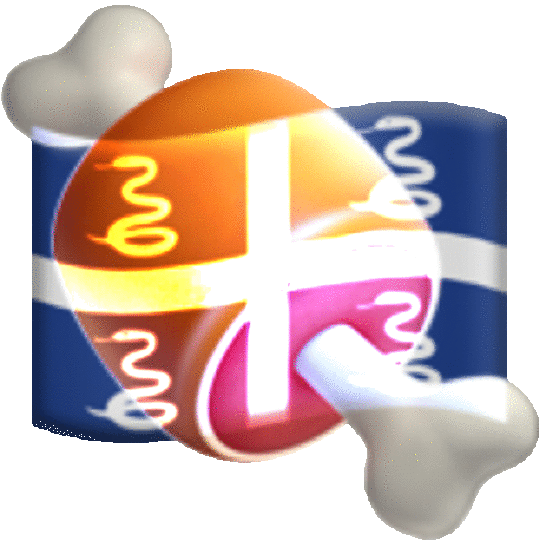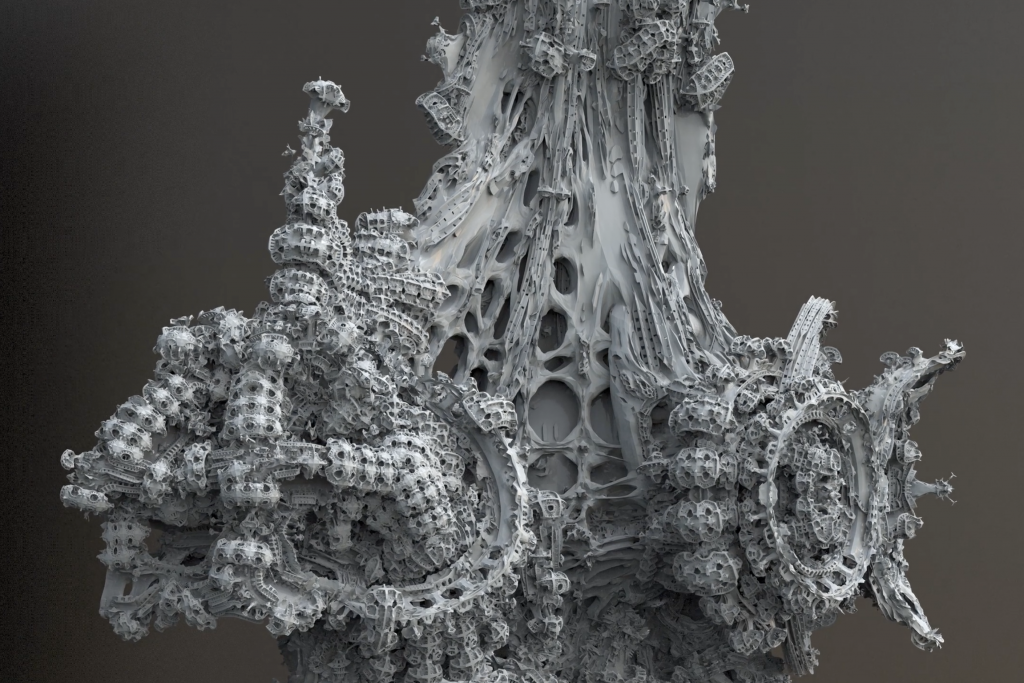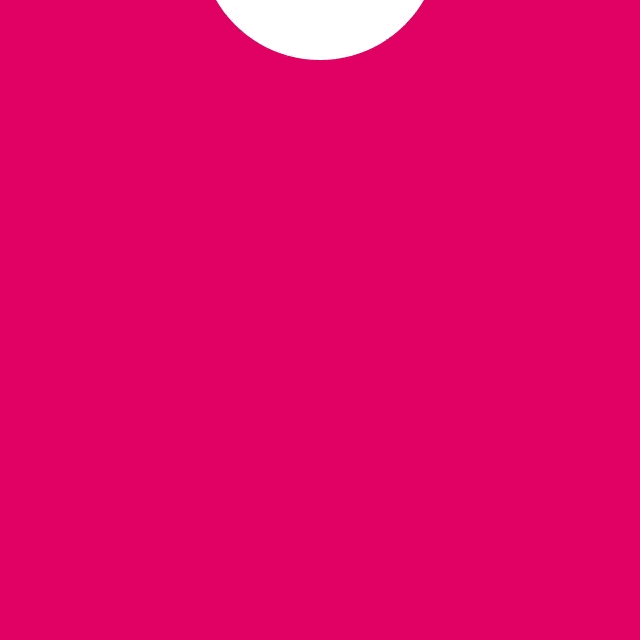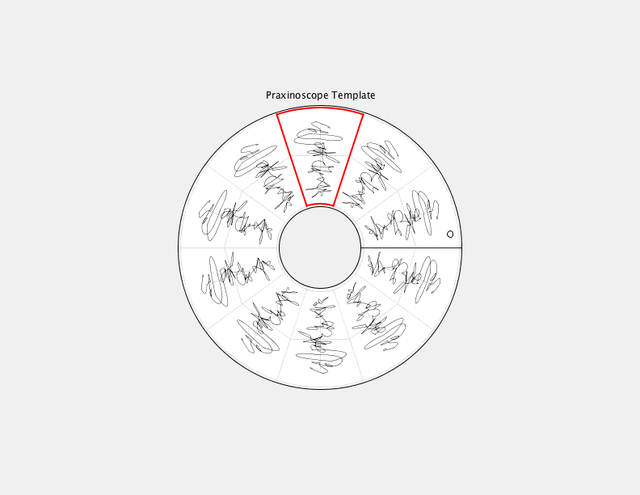Link :
https://paukparl.github.io/
Brief:
There are surprisingly many emojis out there (or more accurately stored in your OS). I wanted to make use of this rich source of images somehow. This Emoji Editor grabs the emojis from the hidden file of your computer, enlarges them, and lets you conveniently reconstruct images. You can create virtually infinite number of combinations with various transformations. The resulting images look familiar, but still feel somewhat different from ones we're used to seeing.
Thoughts:
There were maybe too many trials and errors. At the end, I got rid of libraries and used plain Javascript. So it took me longer, but the experience was somewhat rewarding. The app is still a bit buggy and is missing a few functions. But I finished much of what I planned for. My goal was to make the whole image-making process simple and addictive. The interface turned out a bit complicated. But I'm still hooked on this idea, and I'm planning to refine the app in the following couple weeks.









